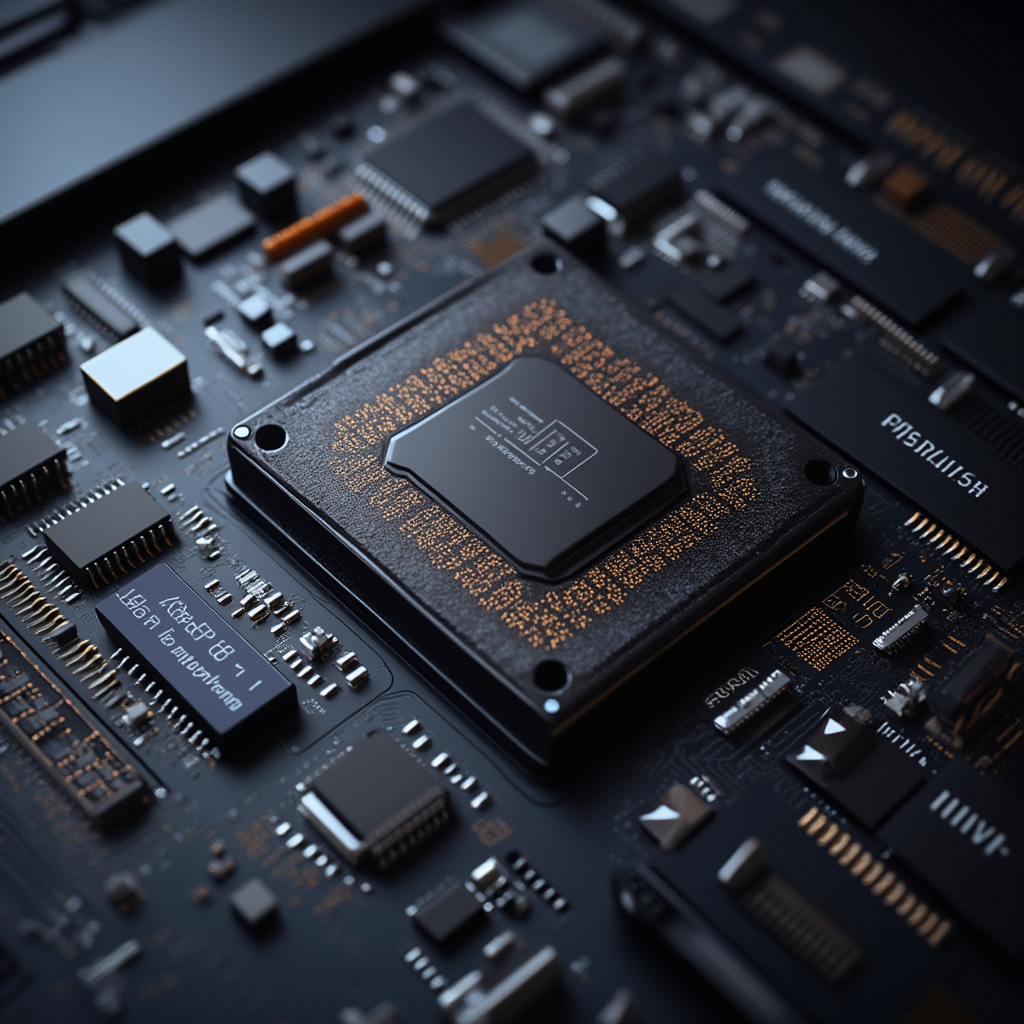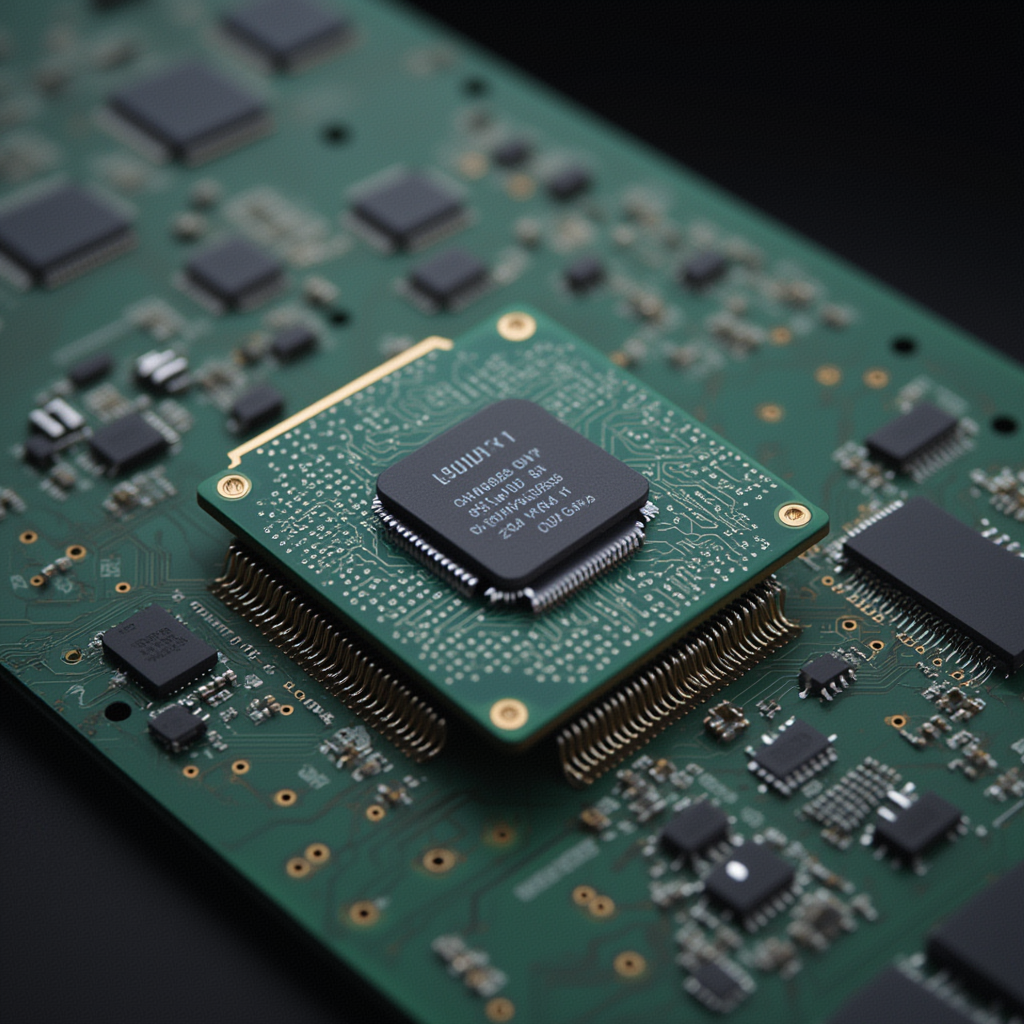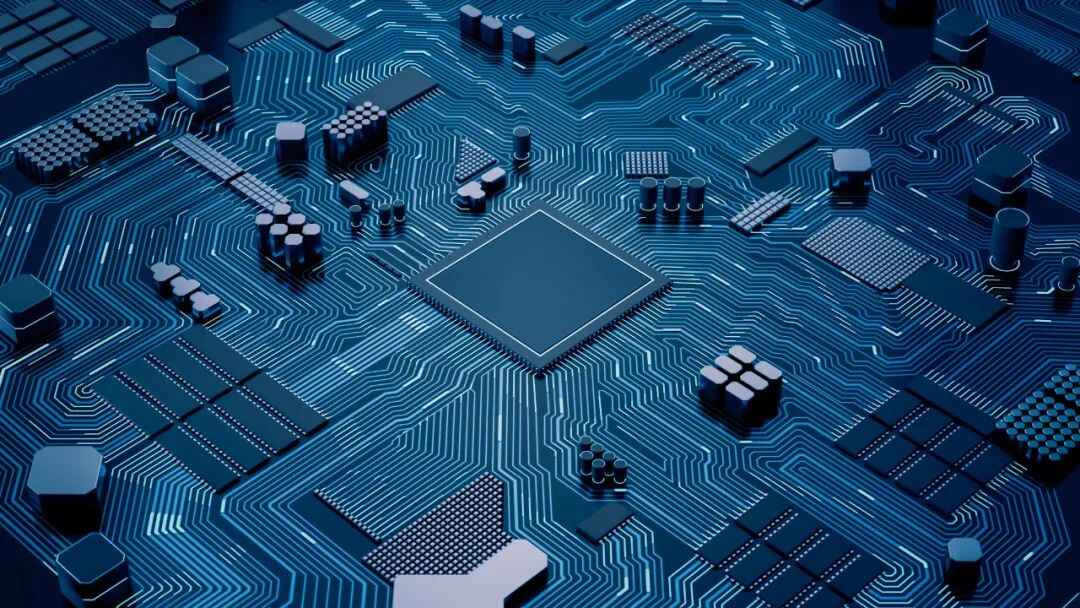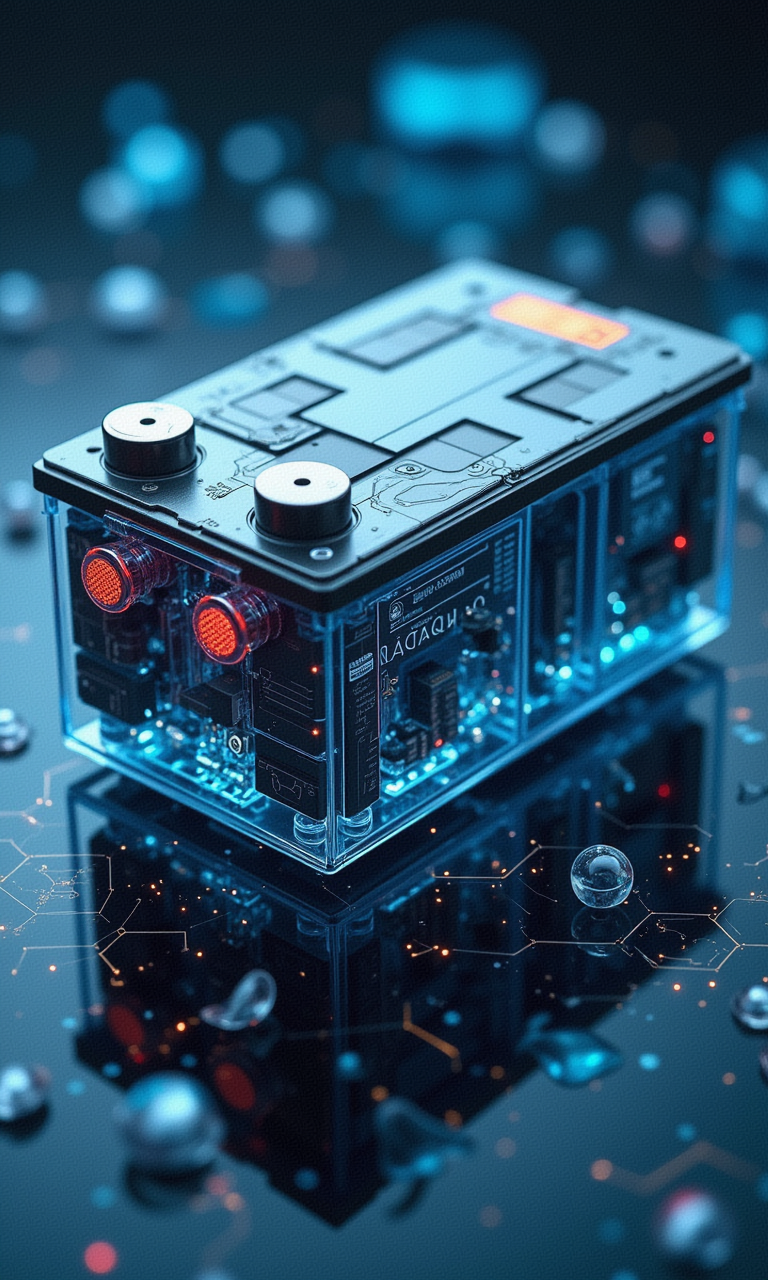发布时间:2012-05-18 阅读量:1937 来源: 我爱方案网 作者:
中心议题:
* TI中央逆变器解决方案
* TI微逆变器解决方案
* TI为转换器解决方案
* TI电池充电解决方案
在整个光伏发电市场不景气的今天,微逆变器被誉为黑暗中的亮光。它与中央逆变器的区别是:中央逆变器用于将72个串接的太阳能电池面板收集的DC电流转换成电网使用的AC电流,它通常是大规模的商用或家用系统,可产生1KW以上的电力。整串光伏面板的最大功率点跟踪(MPPT)仅在逆变器上完成,它也可能含有继电器以实现与电网的隔离。微逆变器的功能相同,但它仅安装在单个光伏面板上,处理的功率也小很多,典型只有300W。微逆变器的优势是出色的可扩展性,特别适用于那些希望先实现小型带MPPT功能的光伏发电站,以后再扩展的客户。阅读本文了解当今最先进的中央逆变器和微逆变器解决方案。
TI’s comprehensive solar energy harvesting portfolio can deliver the entire solar system solution. A broad selection of analog, power management and microcontroller ICs are targeted at grid-tied central inverters, micro-converters and micro-inverters, as well as off-grid battery charging solutions, to maximize the power point and provide the highest possible system efficiency.
DSP- and ARM®-based MCUs also provide system control and support communication technologies including power line communications (PLC), Ethernet, CAN bus, and low-power RF solutions such as ZigBee®.
A variety of power management ICs can provide auxiliary bias supplies from either the DC or AC power rails.TI’s portfolio of high-performance analog ICs also provideideal front ends for MPPT power sensing and power line communications; isolation to sensitive communications electronics; and relay drivers or power switches for islanding in systems requiring UL1741 compliance.
.jpg)
中央逆变器解决方案
Central, or “traditional”, inverters are centralized power control units that convert DC power from a string of 72-cell solar panels to AC power for use on the electrical utility grid. These are usually large scale commercial or residential systems producing in excess of 1 kW of power. Maximum power point tracking for the entire string is done only at the inverter box, which may also include relays to “island” the solar system from the grid.
.jpg)
.jpg)
.jpg)
.jpg)
.jpg)

本文将深入拆解低功耗MCU的六大核心技术

本文将盘点2025年推出的最具代表性的超低功耗MCU,它们凭借先进的技术和卓越的能效比,在物联网、可穿戴设备、智能家居和医疗电子灯领域表现出色

本文将深入探讨物联网节点低功耗设计的底层逻辑、核心电路技术以及前沿电源管理方案

作为链接数字基带与空中接口的关键桥梁,射频前段在5G/6G时代面临着频率扩展、带宽增加、多模兼容、能效优化等多重挑战,推动者整个产业链的技术革新

在电池管理系统(BMS)的技术发展中,尽管取得了显著进步,但仍面临一系列关键技术难点,这些挑战直接关系到新能源汽车的安全性、性能和用户体验。